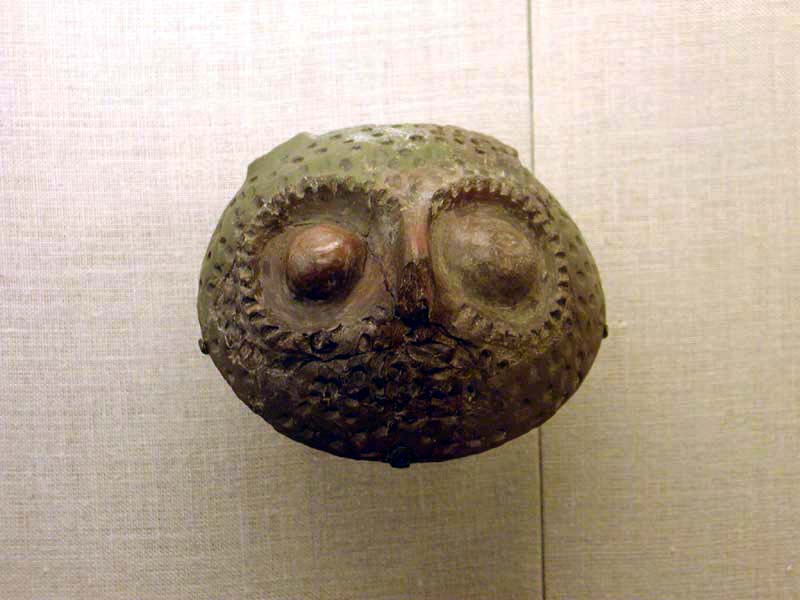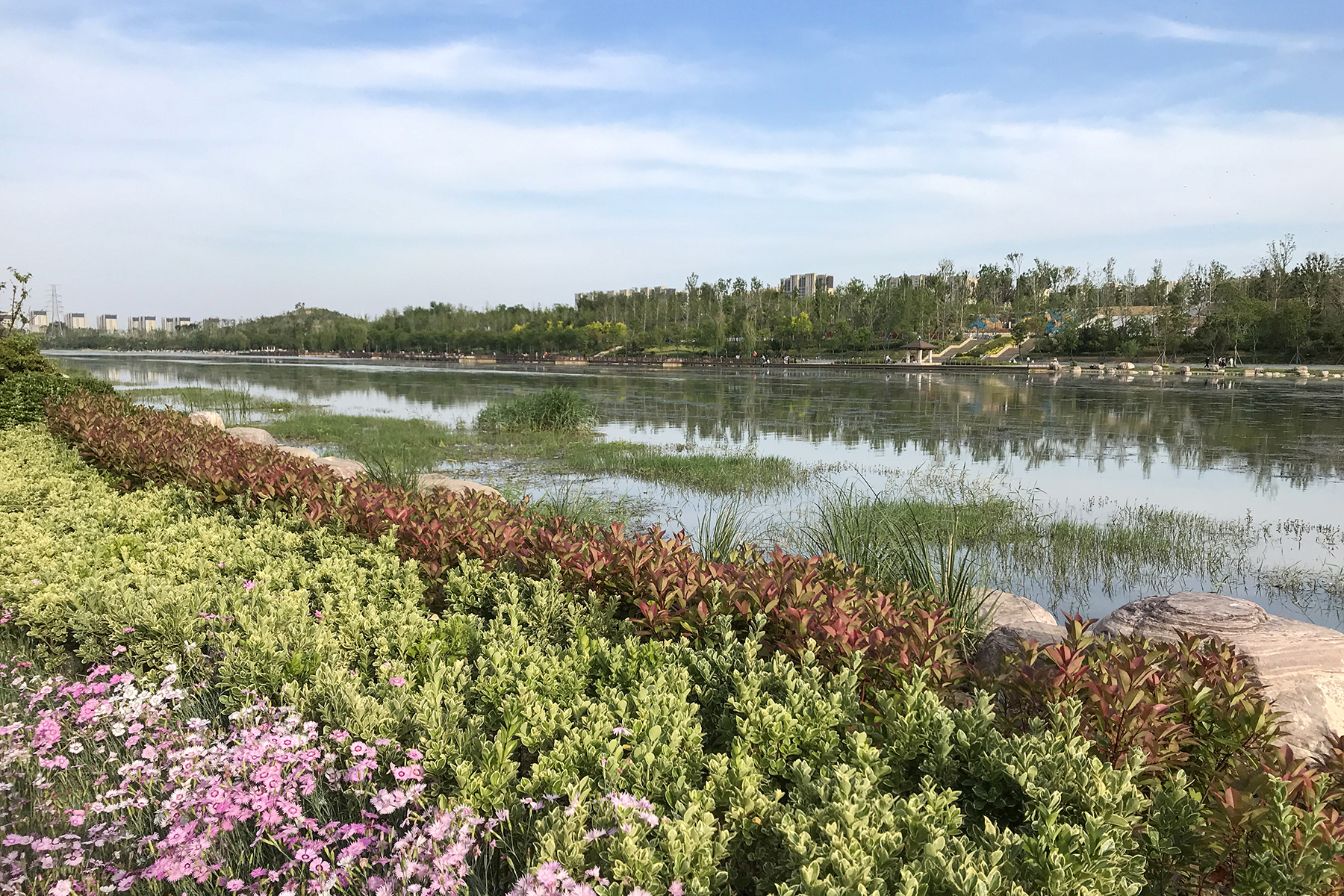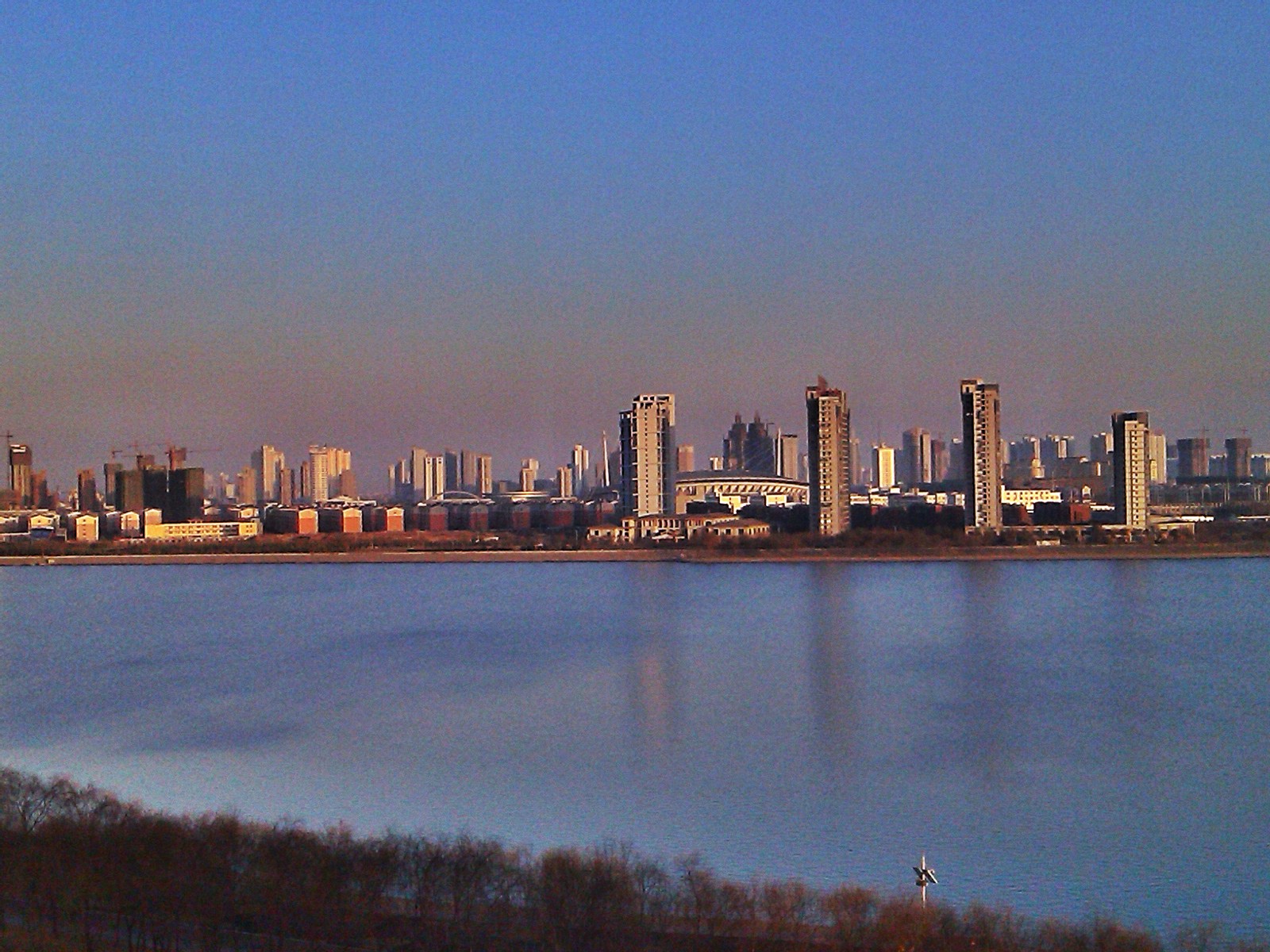|
Luoyang
Luoyang is a city located in the confluence area of Luo River (Henan), Luo River and Yellow River in the west of Henan province. Governed as a prefecture-level city, it borders the provincial capital of Zhengzhou to the east, Pingdingshan to the southeast, Nanyang, Henan, Nanyang to the south, Sanmenxia to the west, Jiyuan to the north, and Jiaozuo to the northeast. As of December 31, 2018, Luoyang had a population of 6,888,500 inhabitants with 2,751,400 people living in the built-up (or metro) area made of the city's five out of six urban districts (except the Jili District not continuously urbanized) and Yanshi District, now being conurbated. Situated on the Central Plain (China), central plain of China, Luoyang is among the List of oldest continuously inhabited cities#East Asia, oldest cities in China and one of the History of China#Ancient China, cradles of Chinese civilization. It is the earliest of the Historical capitals of China, Four Great Ancient Capitals of China. Name ... [...More Info...] [...Related Items...] OR: [Wikipedia] [Google] [Baidu] |
Henan
Henan (; or ; ; alternatively Honan) is a landlocked province of China, in the central part of the country. Henan is often referred to as Zhongyuan or Zhongzhou (), which literally means "central plain" or "midland", although the name is also applied to the entirety of China proper. Henan is a birthplace of Han Chinese civilization, with over 3,200 years of recorded history and remained China's cultural, economic and political center until approximately 1,000 years ago. Henan Province is home to many heritage sites, including the ruins of Shang dynasty capital city Yin and the Shaolin Temple. Four of the Eight Great Ancient Capitals of China, Luoyang, Anyang, Kaifeng and Zhengzhou, are in Henan. The practice of tai chi also began here in Chen Jia Gou Village (Chen style), as did the later Yang and Wu styles. Although the name of the province () means "south of the ellowriver.", approximately a quarter of the province lies north of the Yellow River, also known as th ... [...More Info...] [...Related Items...] OR: [Wikipedia] [Google] [Baidu] |
White Horse Temple
White Horse Temple () is a Buddhist temple in Luoyang, Henan that, according to tradition, is the first Buddhist temple in China, having been first established in 68 AD under the patronage of Emperor Ming in the Eastern Han dynasty. The site is just outside the walls of the ancient Eastern Han capital, some east of Luoyang in Henan Province. It is approximately 40 minutes by bus No. 56 from Luoyang railway station. The temple, although small in comparison to many others in China, is considered by most believers as "the cradle of Chinese Buddhism". The geographical landmarks to the south are Manghan mountain and Lucoche River. The main temple buildings, a large complex, were reconstructed during the Ming (1368 to 1644) and Qing (1644 to 1912) dynasties. They were refurbished in the 1950s, and again in March 1973 after the Cultural Revolution. It has numerous halls divided by courtyards and manicured gardens, covering an area of about . The display plaques in Chinese and English ... [...More Info...] [...Related Items...] OR: [Wikipedia] [Google] [Baidu] |
Longmen Grottoes
The Longmen Grottoes () or Longmen Caves are some of the finest examples of Chinese Buddhist art. Housing tens of thousands of statues of Shakyamuni Buddha and his disciples, they are located south of present-day Luoyang in Henan province, China. The images, many once painted, were carved as outside rock reliefs and inside artificial caves excavated from the limestone cliffs of the Xiangshan () and Longmenshan, running east and west. The Yi River () flows northward between them and the area used to be called Yique (). The alternative name of "Dragon's Gate Grottoes" derives from the resemblance of the two hills that check the flow of the Yi River to the typical " Chinese gate towers" that once marked the entrance to Luoyang from the south. There are as many as 100,000 statues within the 2,345 caves, ranging from to in height. The area also contains nearly 2,500 stelae and inscriptions, hence the name “Forest of Ancient Stelae", as well as over sixty Buddhist pagodas. S ... [...More Info...] [...Related Items...] OR: [Wikipedia] [Google] [Baidu] |
Jili District
Jili District () was a district of the city of Luoyang, Henan province, China. It was merged into Mengjin District of Luoyang in March 2021. It is the only county-level division of Luoyang that is situated north of the Yellow River The Yellow River or Huang He (Chinese: , Mandarin: ''Huáng hé'' ) is the second-longest river in China, after the Yangtze River, and the sixth-longest river system in the world at the estimated length of . Originating in the Bayan ... and is not contiguous with the other five districts of Luoyang. Administrative divisions As of 2020, this district is divided to 4 subdistricts. ;Subdistricts *Xixiayuan Subdistrict () *Kangle Subdistrict () *Jili Subdistrict () *Heyang Subdistrict () References Districts of Luoyang {{Henan-geo-stub ... [...More Info...] [...Related Items...] OR: [Wikipedia] [Google] [Baidu] |
Luolong District
Luolong District () is a district of the city of Luoyang, Henan Henan (; or ; ; alternatively Honan) is a landlocked province of China, in the central part of the country. Henan is often referred to as Zhongyuan or Zhongzhou (), which literally means "central plain" or "midland", although the name is al ... province, China. Luolong District is located in the southeast of Luoyang city, backing the Mang Mount, facing the Yi River. The Luolong District was , population 403,000, in 2012. Administrative divisions As 2012, this district is divided to 3 subdistricts, 8 towns and 1 township. ;Subdistricts ;Towns ;Townships * Gucheng Township () References Districts of Luoyang {{Henan-geo-stub ... [...More Info...] [...Related Items...] OR: [Wikipedia] [Google] [Baidu] |
Yellow River
The Yellow River or Huang He (Chinese: , Mandarin: ''Huáng hé'' ) is the second-longest river in China, after the Yangtze River, and the sixth-longest river system in the world at the estimated length of . Originating in the Bayan Har Mountains in Qinghai province of Western China, it flows through nine provinces, and it empties into the Bohai Sea near the city of Dongying in Shandong province. The Yellow River basin has an east–west extent of about and a north–south extent of about . Its total drainage area is about . The Yellow River's basin was the birthplace of ancient Chinese, and, by extension, Far Eastern civilization, and it was the most prosperous region in early Chinese history. There are frequent devastating floods and course changes produced by the continual elevation of the river bed, sometimes above the level of its surrounding farm fields. Etymology Early Chinese literature including the '' Yu Gong'' or ''Tribute of Yu'' dating to the ... [...More Info...] [...Related Items...] OR: [Wikipedia] [Google] [Baidu] |
Province (China)
The provincial level administrative divisions () are the highest-level administrative divisions of China. There are 34 such divisions claimed by the People's Republic of China, classified as 23 provinces (), five autonomous regions, four municipalities and two special administrative regions. The political status of Taiwan Province along with a small fraction of Fujian Province remain in dispute; those are under separate rule by the Republic of China, which is usually referred to as "Taiwan". Every province on Mainland China (including the island province of Hainan) has a Chinese Communist Party (CCP) provincial committee (), headed by a secretary (). The Committee Secretary is effectively in charge of the province, rather than the governor of the provincial government. The same arrangement exists for the autonomous regions and municipalities. Types of provincial level divisions Province The government of each standard province () is nominally led by a provincial commi ... [...More Info...] [...Related Items...] OR: [Wikipedia] [Google] [Baidu] |
Zhengzhou
Zhengzhou (; ), also spelt Zheng Zhou and alternatively romanized as Chengchow, is the capital and largest city of Henan Province in the central part of the People's Republic of China. Located in north-central Henan, it is one of the National Central Cities in China, the centre of Central Plains area, and serves as the political, economic, technological, and educational center of the province. The Zhengzhou metropolitan area (including Zhengzhou and Kaifeng) is the core area of the Central Plains Economic Zone. The city lies on the southern bank of the Yellow River. Zhengzhou is a major hub of China's national transportation network, with railways connecting Zhengzhou to Europe and an international airport. Zhengzhou is a and a State-list Famous Historical and Culture City. As of 2020, there are two World Cultural Heritage Sites in Zhengzhou. The Zhengzhou Commodity Exchange (ZCE) is China's first futures exchange. Zhengzhou Airport Economy Zone is China's first Airport ... [...More Info...] [...Related Items...] OR: [Wikipedia] [Google] [Baidu] |
Yanshi District
Yanshi District () is a district in the prefecture-level city of Luoyang in western Henan province, China. Yanshi lies on the Luo River and is the easternmost county-level division of Luoyang. History After the Zhou conquest of Shang in mid-11th century BC, King Wu of Zhou founded a garrison town to the east of modern Yanshi to accommodate some of the campaigning troops. When Qin annexed Zhou in 256 BC, Yanshi County was established. The county's borders underwent several changes over the course of history. In 1993, Yanshi County became the county-level Yanshi City. In 2021, it became Yanshi District. Administrative divisions As of 2012, Yanshi is divided to 11 towns and 3 townships. ;Towns ;Townships Climate Archaeological sites There are two important archaeological sites in this area. Erlitou site The Erlitou culture (1900–1500 BC) was discovered in Yanshi in 1959. Erlitou is the name of the modern village nearby; the traditional name of the settlement was Zhenxun ... [...More Info...] [...Related Items...] OR: [Wikipedia] [Google] [Baidu] |
Nanyang, Henan
Nanyang is a prefecture-level city in the southwest of Henan province, China. The city with the largest administrative area in Henan, Nanyang borders Xinyang to the southeast, Zhumadian to the east, Pingdingshan to the northeast, Luoyang to the north, Sanmenxia to the northwest, the province of Shaanxi to the west, and the province of Hubei to the south. Dinosaur egg fossils have been discovered in the Nanyang Basin. The 35,000 capacity Nanyang Sports Centre Stadium is the main (football) venue in the city. Names In the name "Nanyang" (), ''Nan'' () means south, and ''Yang'' (/) means sun—the south side of a mountain, or the north side of a river, in Chinese is called ''Yang''. The name came from Nanyang Commandery, a commandery established in the region during the Warring States period. Before the name "Nanyang" became associated with the city itself, it was referred to as "Wan" (). History Nanyang was the capital of the state of Shen in the first millennium BCE ... [...More Info...] [...Related Items...] OR: [Wikipedia] [Google] [Baidu] |
Luo River (Henan)
The Luo River () is a tributary of the Yellow River in China. It rises in the southeast flank of Mount Hua in Shaanxi province and flows east into Henan province, where it eventually joins the Yellow River at the city of Gongyi. The river's total length is . Although not a major river by most standards, it flows through an area of great archaeological significance in the early history of China. Principal cities or prefectures located on the river include Lushi, Luoning, Yiyang, Luoyang, Yanshi, and Gongyi. The Luo's main tributary is the Yi River, which joins it at Yanshi, after which the river is called the Yiluo River. See also * Lo Shu Square * Peiligang culture The Peiligang culture was a Neolithic culture in the Yi-Luo river basin (in modern Henan Province, China) that existed from 7000 to 5000 BC. Over 100 sites have been identified with the Peiligang culture, nearly all of them in a fairly compac ... External links Confluence of the Luo and Yellow Rivers ... [...More Info...] [...Related Items...] OR: [Wikipedia] [Google] [Baidu] |
Central Plain (China)
Zhongyuan (), the Central Plain(s), also known as Zhongtu (, lit. 'central land') and Zhongzhou (, lit. 'central region'), commonly refers to the part of the North China Plain surrounding the lower and middle reaches of the Yellow River, centered on the region between Luoyang and Kaifeng. It has been perceived as the birthplace of the Chinese civilization. Historically, the Huaxia people viewed Zhongyuan as 'the center of the world'. Human activities in the Zhongyuan region can be traced back to the Palaeolithic period. In prehistoric times, Huaxia, a confederation of tribes that later developed into the Han ethnicity, lived along the middle and lower reaches of the Yellow River. The term 'Zhongguo' (Central State) was used to distinguish themselves from the Siyi tribes that were perceived as 'barbaric'. For a large part of Chinese history, Zhongyuan had been the political, economic, and cultural center of the Chinese civilization, as over 20 dynasties had located their c ... [...More Info...] [...Related Items...] OR: [Wikipedia] [Google] [Baidu] |








